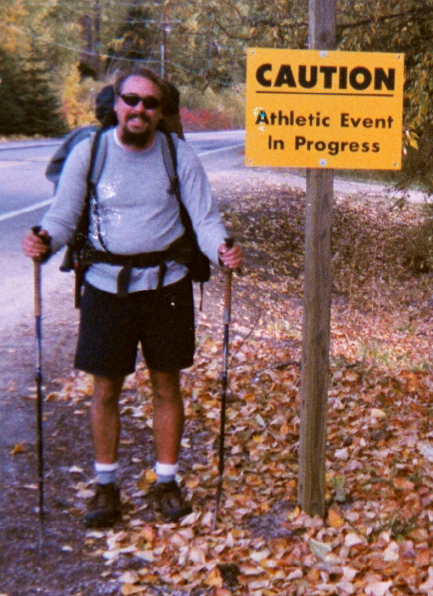Per capita meat consumption more than doubled over the past half-century as the global economy expanded. It is expected to double again by 2050. Which raises the question, what does all that meat eat before it becomes meat?Increasingly the answer is very small fish harvested from the ocean and ground into meal and pressed into oil. According to a new report by scientists from the University of British Columbia and financed by the Pew Institute for Ocean Science, 37 percent by weight of all the fish taken from the ocean is forage fish: small fish like sardines and menhaden. Nearly half of that is fed to farmed fish; most of the rest is fed to pigs and poultry.
The problem is that forage fish are the feedstock of marine mammals and birds and larger species of fish. In other words, farmed fish, pigs and poultry — and the humans who eat them — are competing for food directly with aquatic species that depend on those forage fish for their existence. It’s as if humans were swimming in schools in the ocean out-eating every other species.
The case is worse than that. When it comes to farmed fish, there is a net protein loss: it takes three pounds of fish feed to produce one pound of farmed salmon. This protein pyramid — small fish fed to farmed fish, pigs and poultry that are then fed to humans — is unsustainable. It threatens the foundation of oceanic life.
Here in Maryland's Chesapeake Bay much of the menhaden is caught. The town of Northeast for many years had the largest commercial catch of any town in the country because of the menhaden. Now they are just catching a fraction of what they used to catch. Rockfish, the Maryland state fish, love menhaden. But now you will find rockfish feeding on blue crabs. Sadly, the blue crab has declined precipitously in the bay. The waterman and a way of life is soon to be lost forever.
Via Cab Drollery.



No comments:
Post a Comment